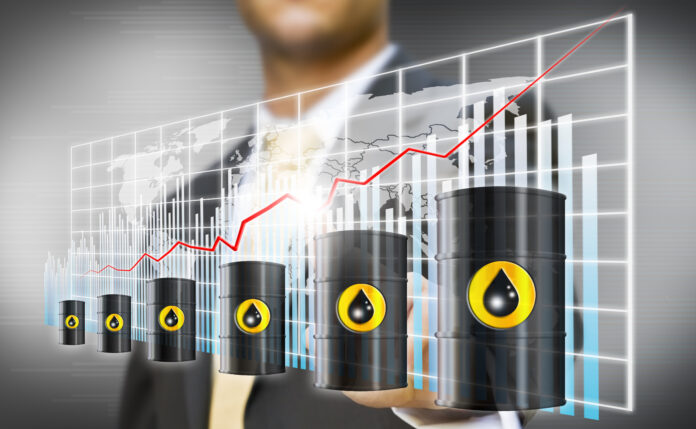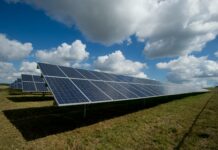
The previous week proved interesting with OPEC and other major producers deciding to refrain from increasing output to a higher rate made at an earlier interval. As a result, oil prices have climbed significantly. Natural gas, however, has stolen the spotlight, with gas prices soaring over 300%.
With global energy consumers seeking a substitution of less expensive fuel sources, the cost of natural gas is having an effect on crude oil prices. The twist identifies itself as the trend now being waged by power producers in their recent liking of oil instead of natural gas. This is an abandonment of a ten-year run of a natural gas preference over oil. The current phenomenon could potentially have enormous influence and lead to a 2 million bpd global crude increase in a short matter of time.
Gas Mirrors Oil at $200 Per Barrel
Inclement weather conditions and economies rising from the ashes of lockdowns have supported a hyperactive gas demand in Asia and Europe. The natural gas market hopes to rebound in demand with the approaching winter season in the northern hemisphere. In fact, inventory lows have steered the upward price activity in natural gas prices.
Experts reason that gas prices are currently trading at a rate equalling more than $220 per barrel of oil. Power prices in Germany for 2022 have rapidly ascended to €120/MWh, which is basically triple the average experienced during the last five years. At the same time, the cost of Dutch TTF first month gas results have catapulted to almost $29/MMBtu, which is five times higher than the average realized over the past five years. The United States has seen equal benefits in the market, with natural gas prices surging to $6.25/MMBtu.
While the statistics sound promising, market experts are yielding concern and warning that peaking gas prices will eventually ratchet up crude oil demand by favoring a transformation from gas to oil and impacting the current oil supply deficit.
In the current state, power generation from the renewables sector has been lower than expected. Combined with supply shortages, utility companies have been forced to look for solutions from natural gas and coal so that a baseload can be maintained throughout the electric grid.
“This has never happened before at such a global scale,” said Bjarne Schieldrop, Chief SEB Commodities Analyst. “The market has always tried to substitute from costly oil to much cheaper natural gas.”
Estimates vary, but Schieldrop tags the increase at 500,000 bpd, which coincides with that of Amin Nasser, Saudi Aramco CEO. JP Morgan predicts that the market seeing 750,000 bpd by March 2022 is a viable reality. Lending to a more conservative prediction, the International Energy Agency (IEA) has pinpointed the increase at 200,000 bpd and indicated the big switch would show more prevalence in Indonesia, Pakistan, the Middle Eastern states, and Bangladesh.
New Market Emergence
The world has changed drastically within the past two years, and the oil market has gone through its own metamorphosis. The existent factor that has not been a part of the previous equation is the focus on ESG and the shift to green energy. Now, boosting production does not result from surging prices and increased demand. The “go green” mantra invoked deviation from such practice.
The inability to increase production removes the quick response ability of producers. As a result, markets must be left uninfluenced until prices climb to a level where demand destruction is initiated by the market.
While JP Morgan has touted the economy can support oil at $150 per barrel, other experts reason that oil is expected to reach $180 per barrel due to hyperinflation by the end of the approaching new year. With OPEC openly willing to support and defend price increases, it is uncertain just how much the price of oil will rise.
Bank of America predicts three factors will influence price increases: The gas to oil switch, increased consumption in crude, and an increase in aviation activity as the United States reopens borders.
“If all these factors come together, oil prices could spike and lead to a second round of inflationary pressures around the world,” said Francisco Blanch of Bank of America. “Put differently, we may just be one storm away from the next macro hurricane.”
Nick Vaccaro is a freelance writer and photographer. Besides providing technical writing services, he is an HSE consultant in the oil and gas industry with nine years of experience. He also contributes to Louisiana Sportsman Magazine and Masonry Magazine. Nick has a BA in Photojournalism from Loyola University and resides in the New Orleans area. 210-240-7188 [email protected]














